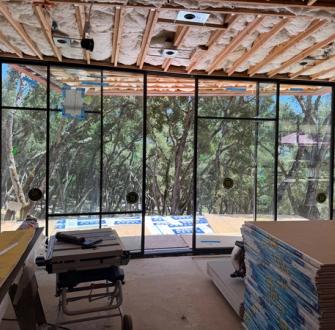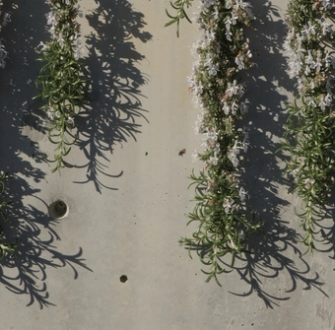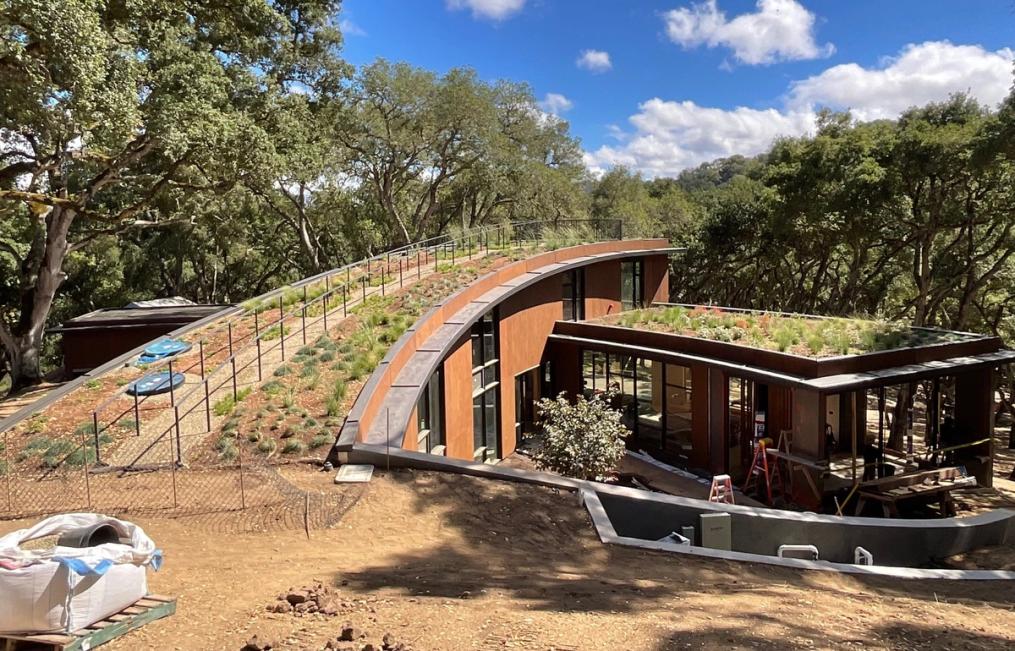
Looking Forward: Sustainable Materials
Exploring the next generation of sustainable building materials.
As we look towards future projects, we’re excited to explore new materials that push the boundaries of resiliency while aesthetically complementing our thoughtfully detailed, site responsive designs. The materials below are not just promising from a performance standpoint, they also represent a shift toward systems that are regenerative, low-impact, and well-suited to the unique conditions of our region. Here are four new and emerging materials we’re keeping an eye on:
Hemp-Lime (Hempcrete)
An ancient technique reimagined for modern building, hemp-lime (commonly known as hempcrete) is a bio-composite made from hemp stalk fiber, lime binders, and water. The result is a lightweight, breathable, and carbon-negative infill material with excellent thermal and acoustic insulation properties. It’s naturally fire-resistant, mold-resistant, and seismically responsive due to its low density. While non-structural, hemp-lime is particularly compelling for interior wall assemblies or exterior infill in high-performance envelopes. Beyond its technical benefits, the material’s rapid renewability and regenerative growing cycle make it a compelling choice. Companies like Hempitecture in Idaho are advancing the manufacturing of hemp-based insulation products for broader application.
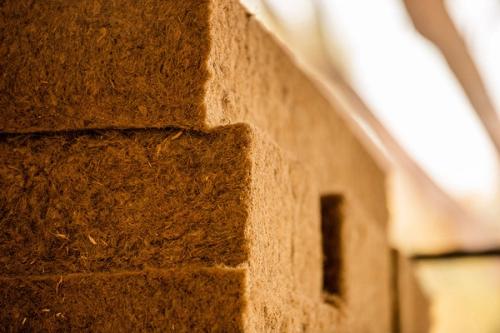
Cork Insulation
Cork has long been used in Europe as a natural, toxin-free insulation and cladding material—and we’re starting to see more domestic availability through companies like Amorim Cork. Harvested from the bark of the cork oak tree without harming the tree itself, cork regenerates over time and sequesters carbon during its life cycle. It offers excellent fire resistance, dimensional stability, and acoustic absorption. We’re interested in cork for its performance as well as its biophilic texture and visual warmth, especially in interiors or as part of continuous insulation systems. Its versatility—usable on interiors, exteriors, and even temporary structures—makes it a durable, low-maintenance solution for a variety of contexts.
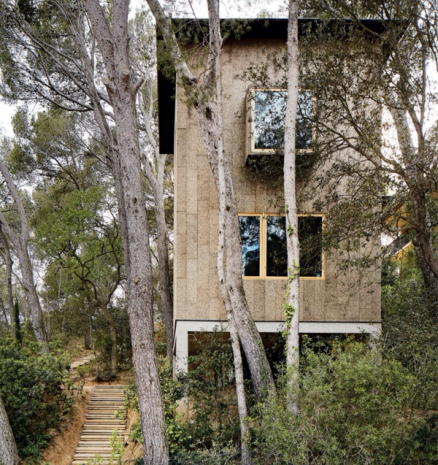
Atmospheric Water Generation (AWG) Panels
A promising off-grid technology, AWG panels condense humidity from the air into potable water using solar power or hybrid energy systems. Originally designed for drought-prone or disaster-stricken regions, these panels have potential in remote residential or wellness-focused applications—especially in coastal or fog-rich areas like parts of the Bay Area. With integrated multi-stage filtration, the water is clean at point of use, and excess can be diverted to irrigation or greywater systems. Source, a leader in hydropanel technology, has installed systems across Northern California that operate entirely off-grid, producing clean drinking water from air and sunlight. In the right conditions, AWG can quietly support net-zero water goals and add a layer of resilience to site-sensitive or off-grid buildings. For clients seeking climate resilience and autonomy, AWG panels could be a discreet and meaningful addition.
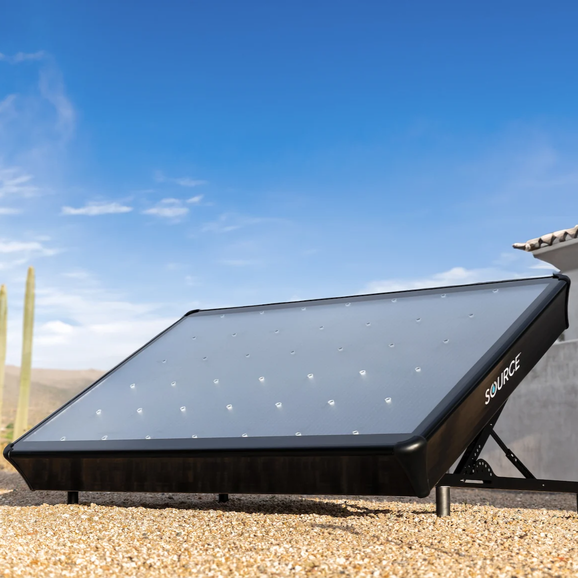
Phase Change Insulation (PCI)
PCI blends conventional insulation with phase change materials (PCMs) that absorb and release heat as they melt and solidify—offering both thermal resistance and thermal storage. In climates with significant temperature swings, PCI can help stabilize indoor temperatures and reduce peak heating and cooling loads. While still a premium product, advancements by companies like QE Platinum are making PCI more accessible, and its potential for reducing HVAC demand makes it a compelling option for high-performance envelopes. As more buildings aim for net-zero energy performance, materials like PCI offer new strategies for energy buffering and occupant comfort without sacrificing envelope integrity.
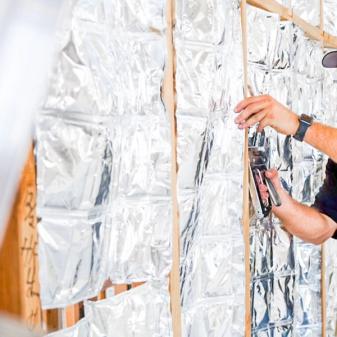
Each of these materials offers a unique opportunity to reduce environmental impact while improving building performance. As we continue to refine our palette, we remain focused on systems that contribute to long-term resilience—materially, ecologically, and experientially.
